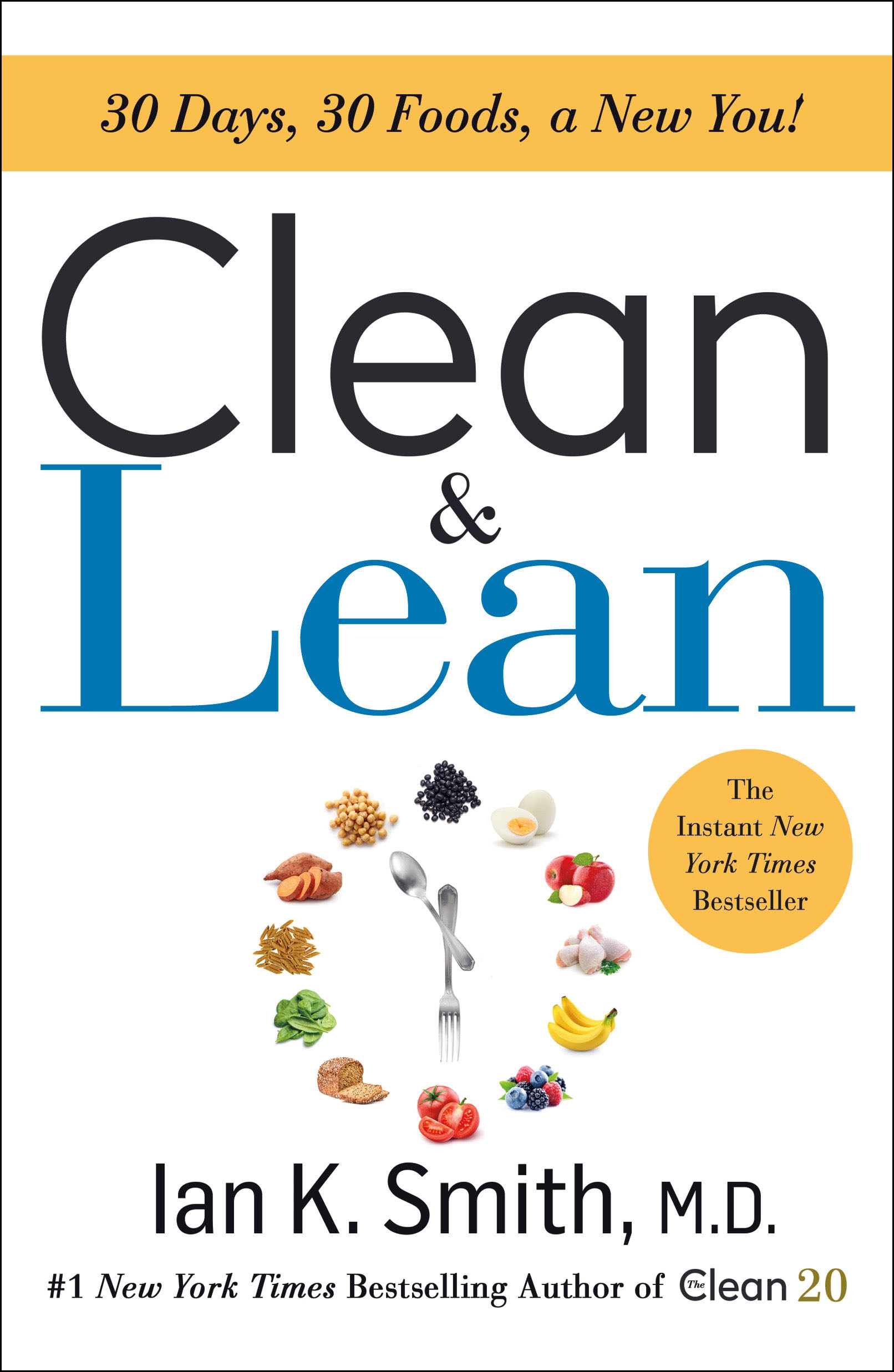Report On Rocket Power Plants Based On T-substance
by Nasa Technical Reports Server (ntrs)
2021-01-02 12:57:20
Report On Rocket Power Plants Based On T-substance
by Nasa Technical Reports Server (ntrs)
2021-01-02 12:57:20
In the search for an energy source independent of air for the propulsion of underwater craft, attention was early concentrated on T-substance. It was possible to convince the OKM NACA comment: Navy High Command] very quickly of the importance of this...
Read more
In the search for an energy source independent of air for the propulsion of underwater craft, attention was early concentrated on T-substance. It was possible to convince the OKM NACA comment: Navy High Command] very quickly of the importance of this material. In 1934, the first experiments were undertaken. A difficulty was at once presented by the limited concentration that had been attained. At first only 60 percent T-substance could be supplied; this amount was later increased to as much as 85 percent. Decomposition and combustion experiments conducted on the grounds of the CPVA in Kiel-Dietrichsdorf led to the first practical information as to the technical feasibility of the use of T-substance. New perspectives soon developed because a method of concentrated energy production had been found here, which was capable of many applications. The idea of using this energy for the propulsion of missiles either in guns or as rockets suggested itself and appropriate proposals, which quickly led to the construction of the first experimental devices, were made to the official quarters concerned. In January 1937, the first flight of a DVL aircraft with T-substance auxiliary propulsion took place at Alimbsmuhle in the presence of Colonel Udet, who piloted the third flight. In June 1937, the first T-substance rockets were fired (Altenwalde). Then in rapid succession take-off auxiliary, main propulsion, and other rocket drives were brought out in experimental versions. Hydrogen peroxide is a well known chemical, which is widely used in the textile industry. Its chemical and physical properties as well as the processes of manufacture and use are familiar and have been described in voluminous books and papers, Nevertheless, much developmental work was required to open the way for T-substance as a usable oxygen carrier.
Less






























